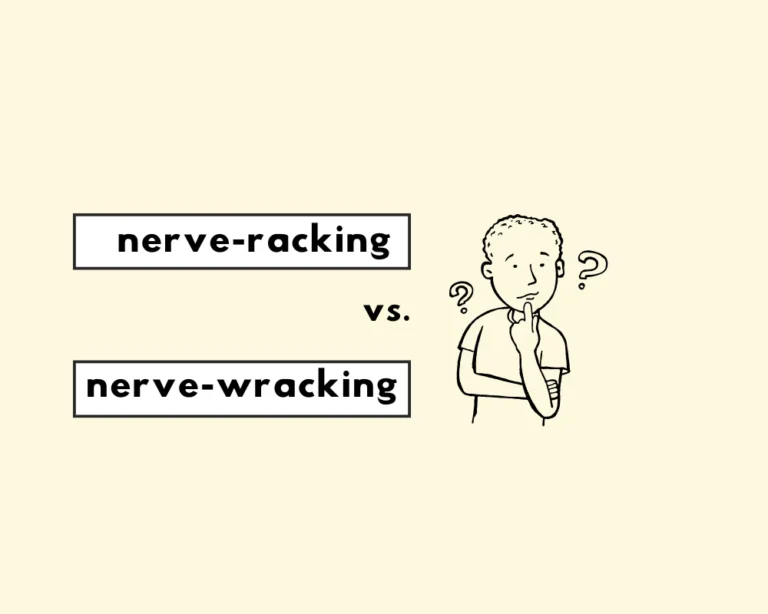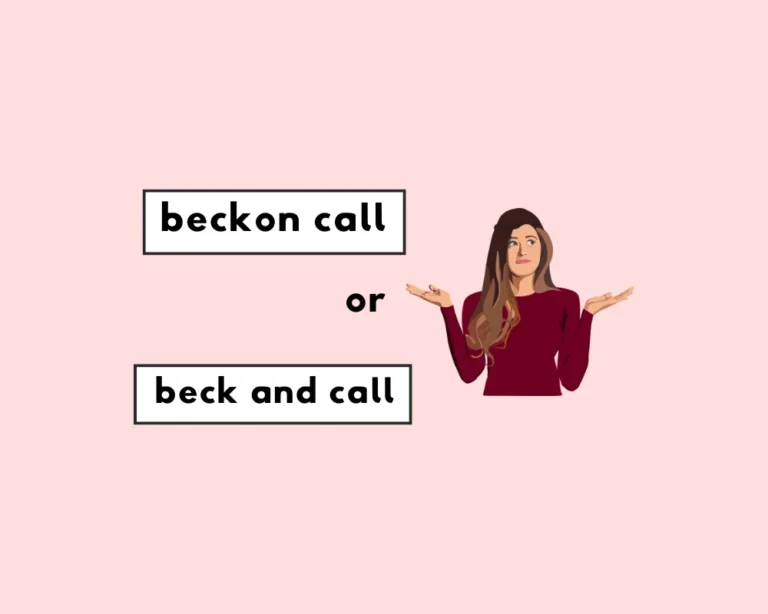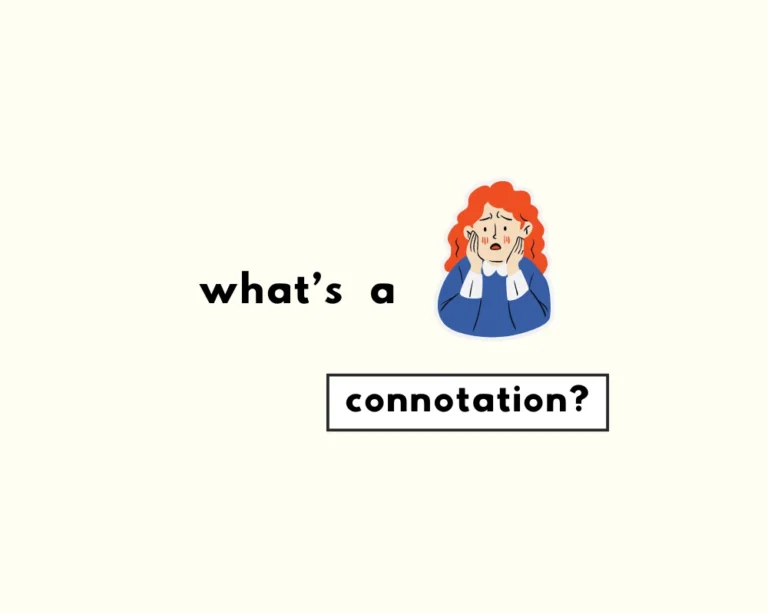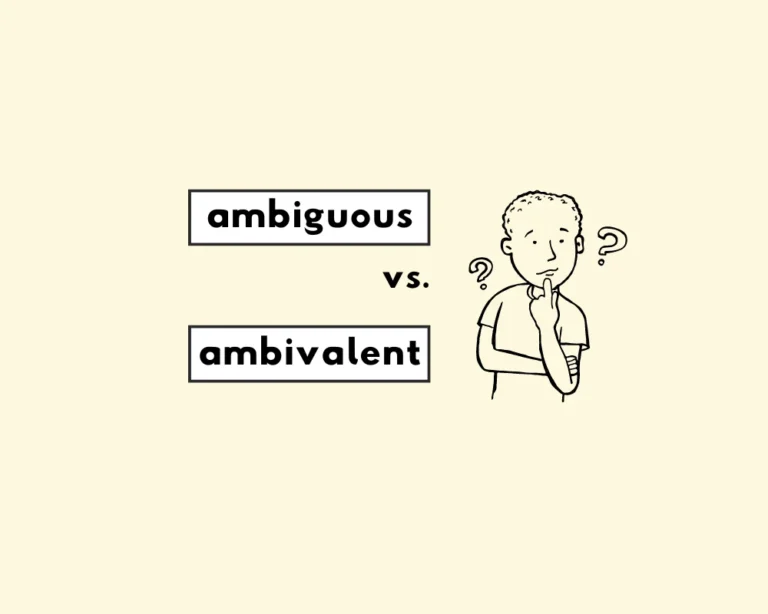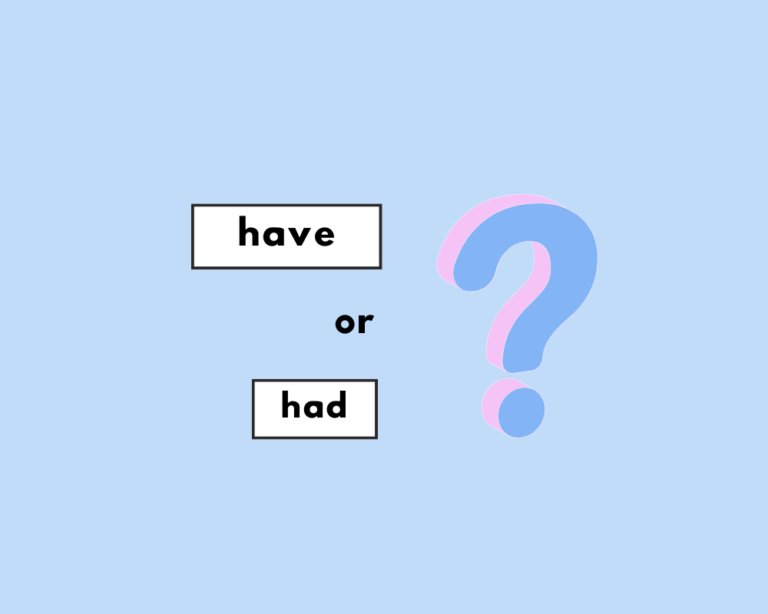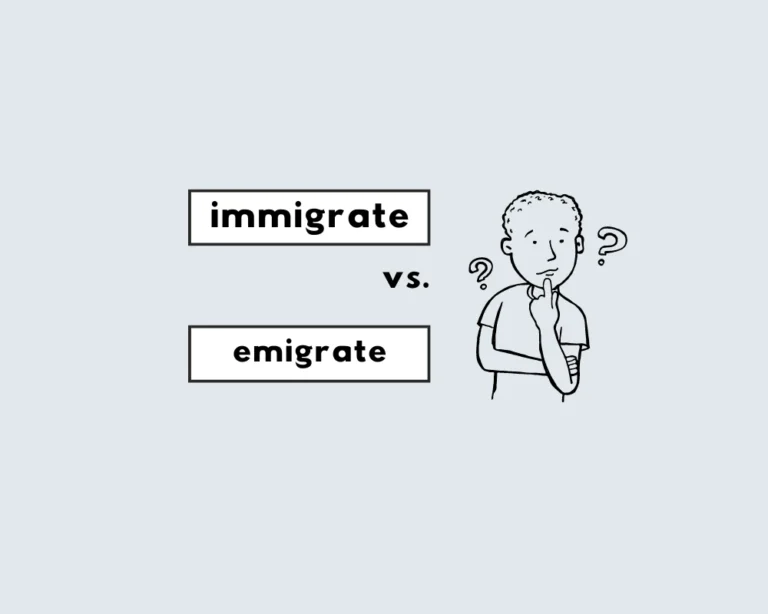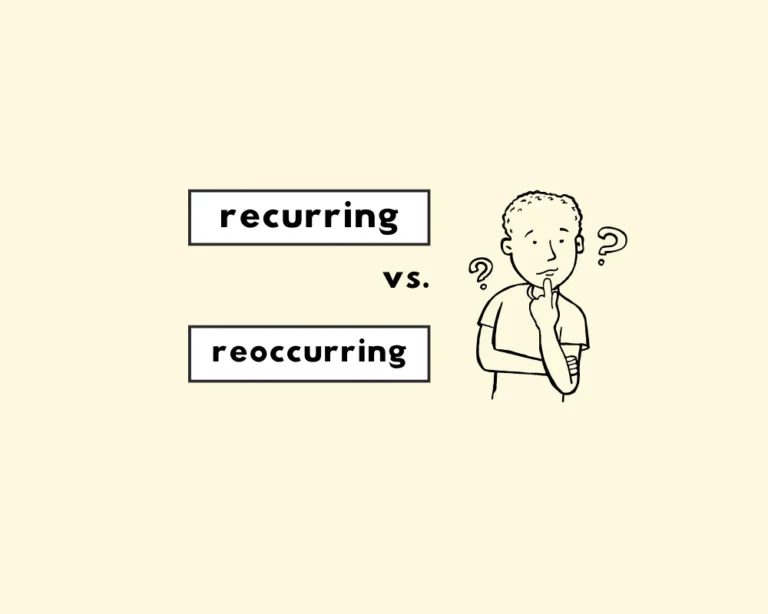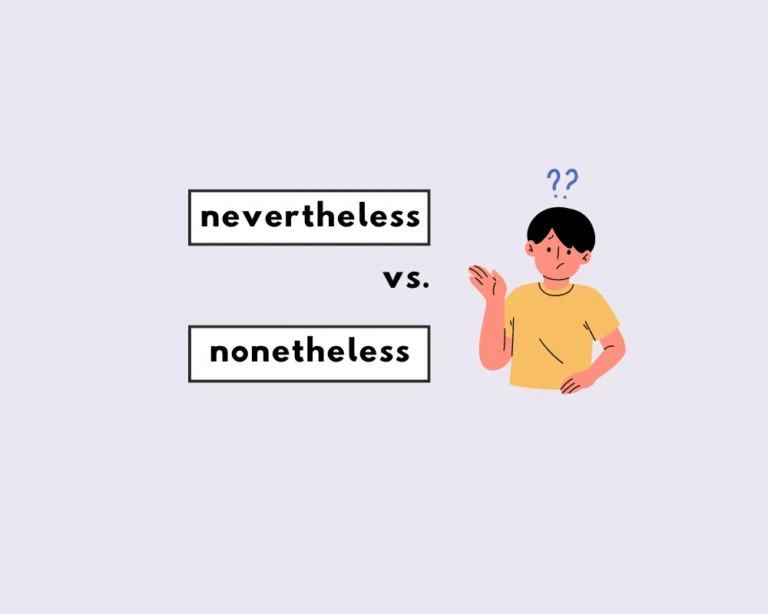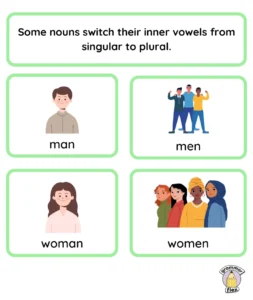
Contents
Toggle
What’s the plural of “man”?
The only plural noun form of man is men (rhymes with pen). Use men (pl. n.) to refer to more than one man (sing. n).
Is “man” a regular or irregular noun?
Let’s define the term first: man, in the online dictionary, is defined as an “individual human especially : an adult male human”.
That said, not all nouns are created equal, and some nouns modify differently than other nouns when they move from singular to plural. Certain nouns undergo no change between the singular and plural forms, (i.e., sheep stays as sheep; moose is moose; the same goes for deer and fish (the plural of fish is a little more complicated.)
Modern English is basically a mashup of a whole bunch of other languages, with differently etymological roots and origins: each word carries its own history and point of origin. It’s these etymological differences, and also the ways in which a word is used over time which dictates the changes it undergoes in English (in this case, between singular and plural forms.) The short of it is that when words loaned from other languages with fundamentally different syntactical structures and alphabets come together to form an entirely new language, there is bound to be some misalignment.
As language develops and evolves (in some cases devolves) over time; the precise logic that underlies each rule of grammar in every case can be difficult to isolate/identify. There are endless peculiar plural noun forms, irregular plurals, and also regular. The standard conjugation that nouns take on in their plural form is simply to add an -s or -es as a suffix. See the following regular plural noun forms:
Regular nouns
See how the following plural noun forms add the -s or -es in cases where the word ends in a vowel in its singular case:

This chart shows regular plural forms: any plural noun that takes on the -es (if it ends in a vowel) or adds an -s, is a regular plural noun form. It’s possible you’re wondering what the deal is with all those other plural nouns that do not adhere to this simple and straightforward rule of grammar. For example, the plural of goose is geese, tooth plural is teeth; so why isn’t moose meese? Many plural (and singular) nouns are strange in English, and this is why quantity or count in such cases is inferred based on the context in which the word is used.
Irregular nouns in English
This chart shows irregular plural noun forms in English. It may appear that there are no similarities between these singular and plural noun forms; however, if you take a closer look, a pattern is present (the devil’s in the details, after all.) Try to detect what the pattern is between these changes in plural and singular forms.
The I-mutation/I-umlaut
The I-mutation, I-umlaut, front mutation or simply umlaut (pronounced like um–lout) is another way that words in English demonstrate their plural form. Prevalent in Germanic languages and phonology, the i-umlaut sounds technical and complicated, but it’s actually a fairly straightforward rule of word conjugation. As mentioned, there is a pattern between the singular and plural noun forms in the chart shown above. Each word modifies the vowels to reflect count or their plural form:
- goose = geese
- man = men
- woman = women
- tooth = teeth
- mouse = mice
Instead of adding the -s or -es, the i-umlaut modifies the vowels in the noun to other vowels to indicate count. This was brought down from Middle English, as there were numerous ways to indicate a plural form besides the standard English plural.
“Men”, plural, in sentences
1. Men get ideas when their wives are at home trying to be everything a man expects of them.
2. Men have told me that there is no riddle so cunning that you can not solve it.
3. Maybe he was one of those men who felt they needed to protect and care for all women.
4. Men are heartache and more trouble than they’re worth.
5. As he turned the horse around, he eyed the men suspiciously.
“Man”, singular noun, in sentences
1. A wise man changes his mind, a fool never.
2. In an army no man is permitted to leave without permission.
3. The detective found absolute proof of the man’s guilt.
4. The policeman is going after the man.
5. Since we got married, he’s become a devoted family man.
6. No man is without his faults.
The origin of man
The word man was initially defined as, “a featherless plantigrade biped mammal of the genus Homo” which was passed down from the Old English man, mann “human being, person (male or female); brave man, hero;” The sense of man understood as an “adult male of the human race” (distinguished from a woman or boy) is by late Old English (c. 1000
Synonyms for man
The following list of words are synonyms, and are defined similarly as man or men:
- guy
- dude
- chap
- folk
- bloke
- fellow
- bro
- sir
- gent
- gentleman
In review: the plural of “man”
The correct plural of the singular noun man is men. Men is an irregular plural form, and exemplifies the i-umlaut or i-mutation which was a common plural form brought down from Middle English.
Sources
- Irregular plural noun forms
- Etymology of the word man
- Sentences using the word men
- I-mutation
- Wikipedia: phonology


